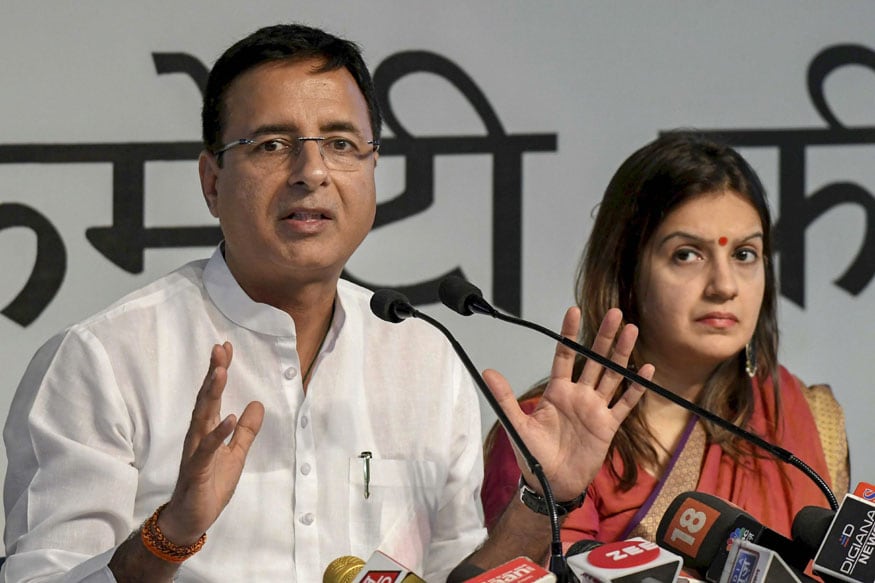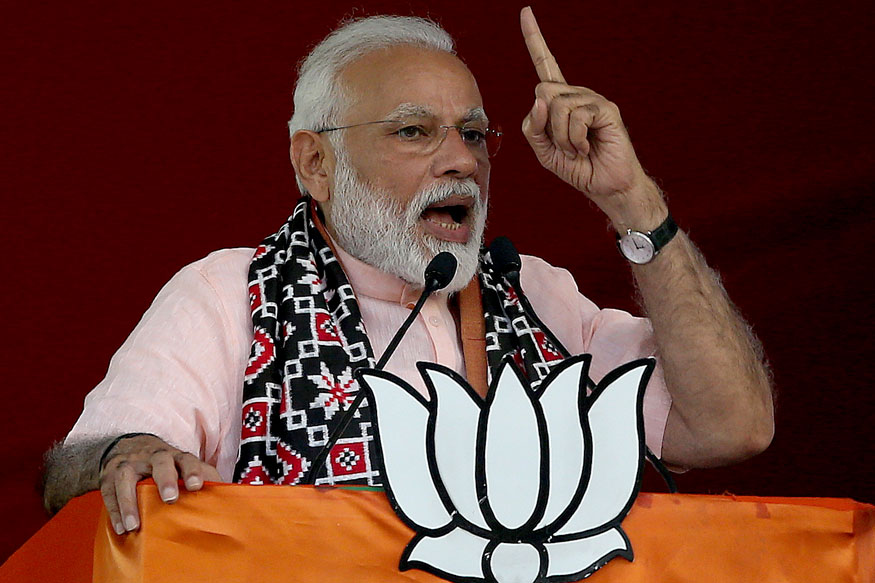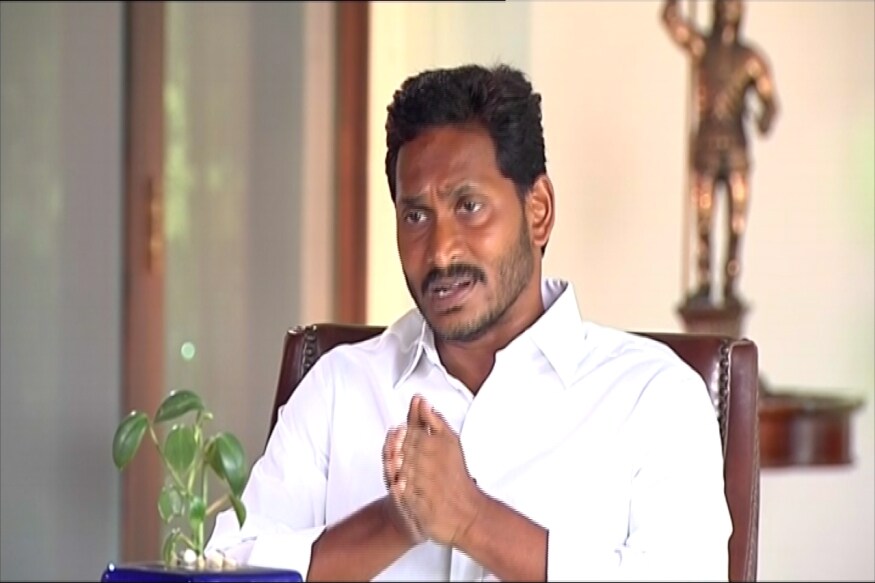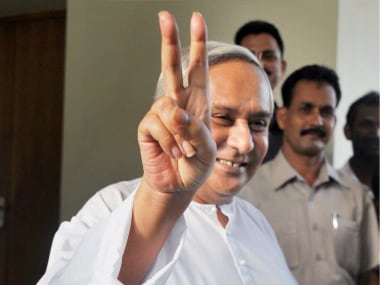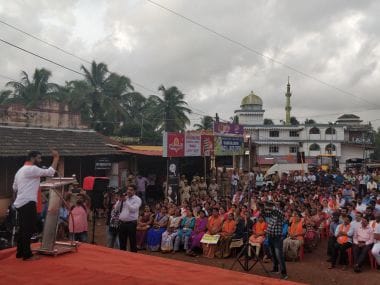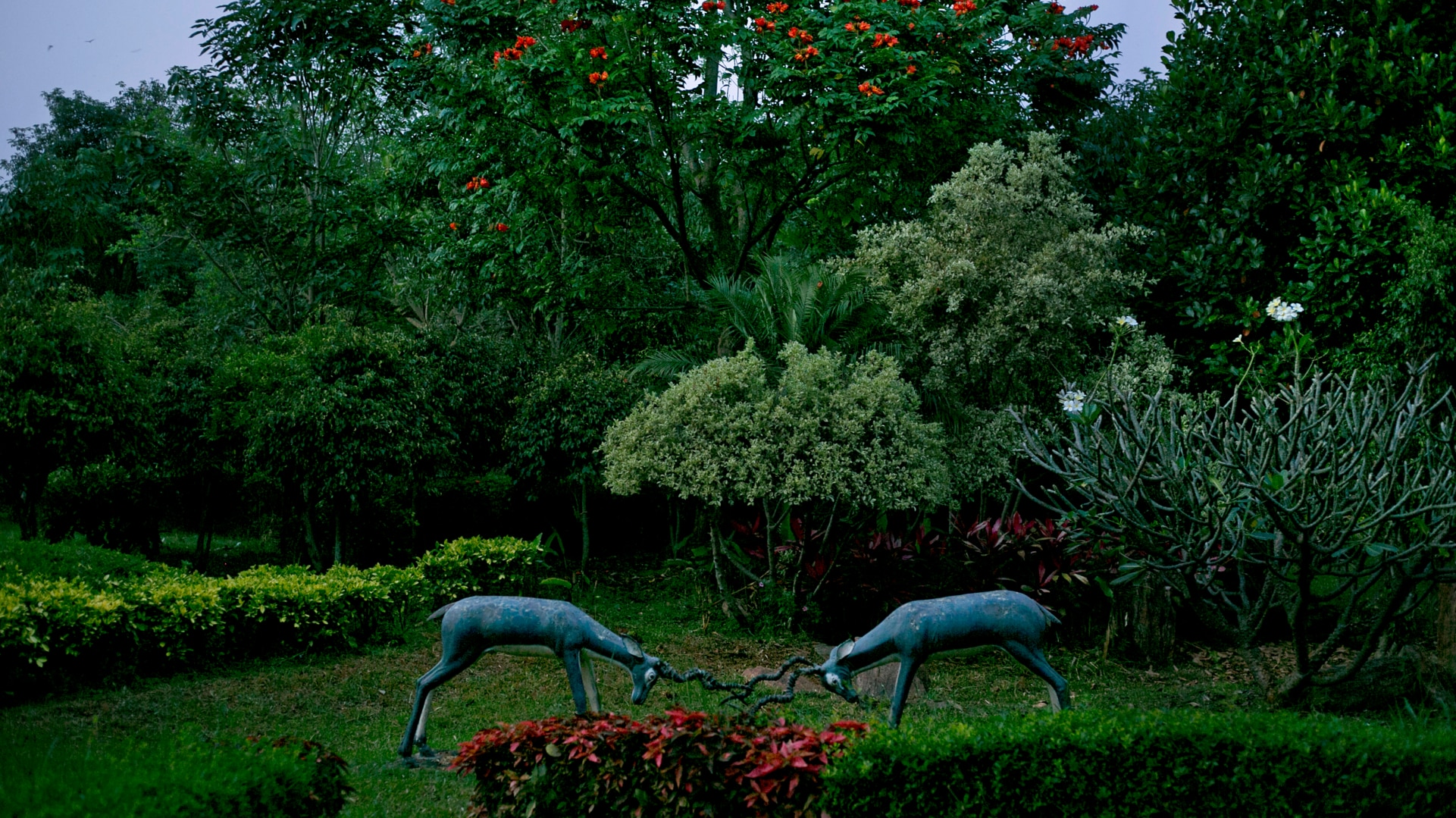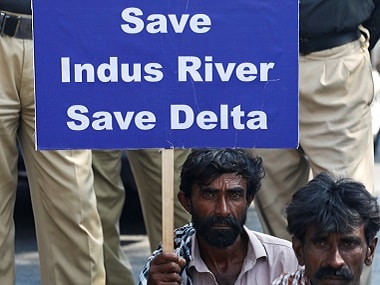Vineet Agarwal's novel is a ray of light that penetrates through the dense forests of the Dandakaranya region to reveal the rarely seen and complex nexus behind India's most persistent internal security threat.
One of the foremost tenets of creative writing is to "Write what you know". This is why Chetan Bhagat's novel on student life in IIT, Ravi Subramanian's investment banking thrillers and Upmanyu Chatterjee's novel on what is like to be a civil servant in India strike a chord with readers.
In a similar vein, for those familiar with Naxalite news reports and are curious about just how life is like beyond the visuals of a TV reporter's camera and a police official's sound bites, Vineet Agarwal's Romance of a Naxalite attempts to bridge that gap.
Agarwal leans heavily on his experiences gathered during his two year stint as an IPS officer in Gadchiroli as he takes us through Naxalite Dalam meetings, their brutal executions, their skirmishes with the police, the mutton feasts cooked by them to woo tribals, and their shady dealings with government officials, tendu leaf contractors, and politicians that bleed the exchequer dry.
Min Jin Lee, the author of Pachinko, said in an interview, "Fiction allows you to expand people’s point of view and also allow for contradictions because people are so contradictory."
Romance of a Naxalite manages to adhere to this view in snatches through its characters. The protagonist Sudesh is a youth having tribal origins, who spends four years with a Naxal group not because he believed in their radical ideology. He rather does it partly because of the respect the red stars painted on their green uniforms commanded among tribal people and partly over his inability to make a livelihood with an education that he was forced to discontinue over unavoidable circumstances.
Munia, a tribal woman, is also caught in a web of contradictions in this world. She is the lover of a Naxal commander but is also hired on wages to clean up government buildings. Like many other tribal citizens, she is subject to the greed and the debauchery of contractors and politicians on one hand and being stripped of her agency by the state on the other.
Agarwal's telling descriptions of the rough life in these villages, the manner in which tribal society operates, and the tussle for power between the state and the Naxalities shed light on the fact that most of the tribal folk are always on the losing end.
Romance of a Naxalite reads like is a set of reports and interrogation transcriptions stitched together and brought to life with observations from Agarwal's keen eye. Several facts such as the driver in a police convoy being the difference between life and death, the way a target is decided by the Naxalites for execution, their hierarchy and even various weapons used by them pepper the plot in a manner that anchors the reader to this rarely seen world.
The novel could have packed a greater punch if Agarwal's lens as a government officer could have been channelled through the first person narrative of a police officer on the field. It would have felt more personal. The romance that was promised in the title of the novel is clunky, developing and resolving itself towards the fag end.
Nonetheless, the novel has a quality of brevity and several moments of intrigue that make for a fast-paced read. Romance of a Naxalite is a ray of light that penetrates through the dense forests of the Dandakaranya region to reveal the rarely seen and complex nexus behind India's most persistent internal security threat.




















